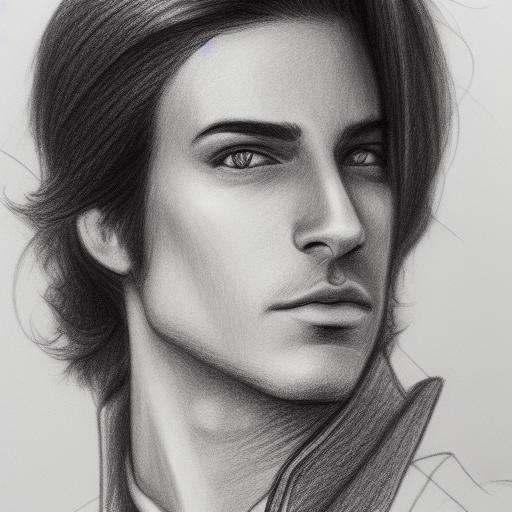About pencil sketch
A pencil sketch is a type of drawing that is created using pencils, charcoal or other similar materials, typically on paper or other textured surfaces. It is a technique that emphasizes the use of shading, texture, and line work to create a sense of depth and dimensionality.
Pencil sketches are often used by artists to create preliminary drawings for more detailed artworks, or as finished pieces in their own right. They can range from quick, rough sketches to more detailed and intricate works that take hours or even days to complete.
Techniques for pencil sketches
Pencil sketches can be created using a variety of techniques, including hatching, cross-hatching, stippling, and blending. These techniques allow the artist to create a range of textures and tones, from soft and subtle shading to bold and dramatic contrasts.
Overall, pencil sketching is a versatile and expressive art form that can be used to create a wide variety of styles and subjects, from realistic portraits to imaginative landscapes and scenes.
Use of pencil sketch
Art created through the use of artificial intelligence algorithms is known as AI-generated art, which allows for the quick and efficient production of images. This technique offers numerous advantages over traditional art-making methods, including the ability to experiment with different styles and techniques, as well as the flexibility to create designs that meet specific requirements. Moreover, AI-generated art is instrumental in promoting diversity and inclusivity within the art world, providing a platform for artists from various backgrounds to express their unique experiences and perspectives.
By utilizing online tools like Visual Paradigm Online, designers can easily incorporate AI-generated art into their projects. Additionally, artists can generate their own AI-generated art and explore the virtually limitless creative possibilities that this technology provides by accessing websites such as Stable Diffusion, Midjourney, or Dalle 2.
How to create this prompt?
To create an AI image prompt like the one provided, it is important to consider each individual part and how it influences the image being generated. The first part of the prompt describes a “close up of a drawing of a young and cool man,” which sets the overall subject and style of the image. This prompts the AI to generate a portrait of a young man, with a focus on his face and facial features. The descriptor “cool” also adds a sense of personality to the subject, indicating that he should have a certain style or demeanor.
The next part of the prompt specifies that the image should be a “pencil sketch inspired by Prince Hoare,” which provides a reference point for the style and technique of the image. This prompts the AI to create a sketch-like image with a similar style to Prince Hoare’s work. It also suggests that the image should have a certain level of detail and texture, as pencil sketches often feature intricate shading and line work.
The prompt also includes a reference to the website Artstation and the process of creating art, which can help to guide the AI in terms of color and composition. This suggests that the image should be created with a certain level of artistry and attention to detail, with a focus on the creative process.
Finally, the prompt includes the specific reference to “Caleb from critical role,” which provides a reference point for the appearance and style of the subject. This prompts the AI to create a portrait of a character with similar facial features and style to Caleb, adding a level of specificity to the image.
Overall, each individual part of the prompt contributes to the final image in a unique way, influencing the subject, style, technique, and overall appearance of the AI-generated art. With an understanding of these different factors, it is possible to create an effective AI image prompt that produces the desired results.


